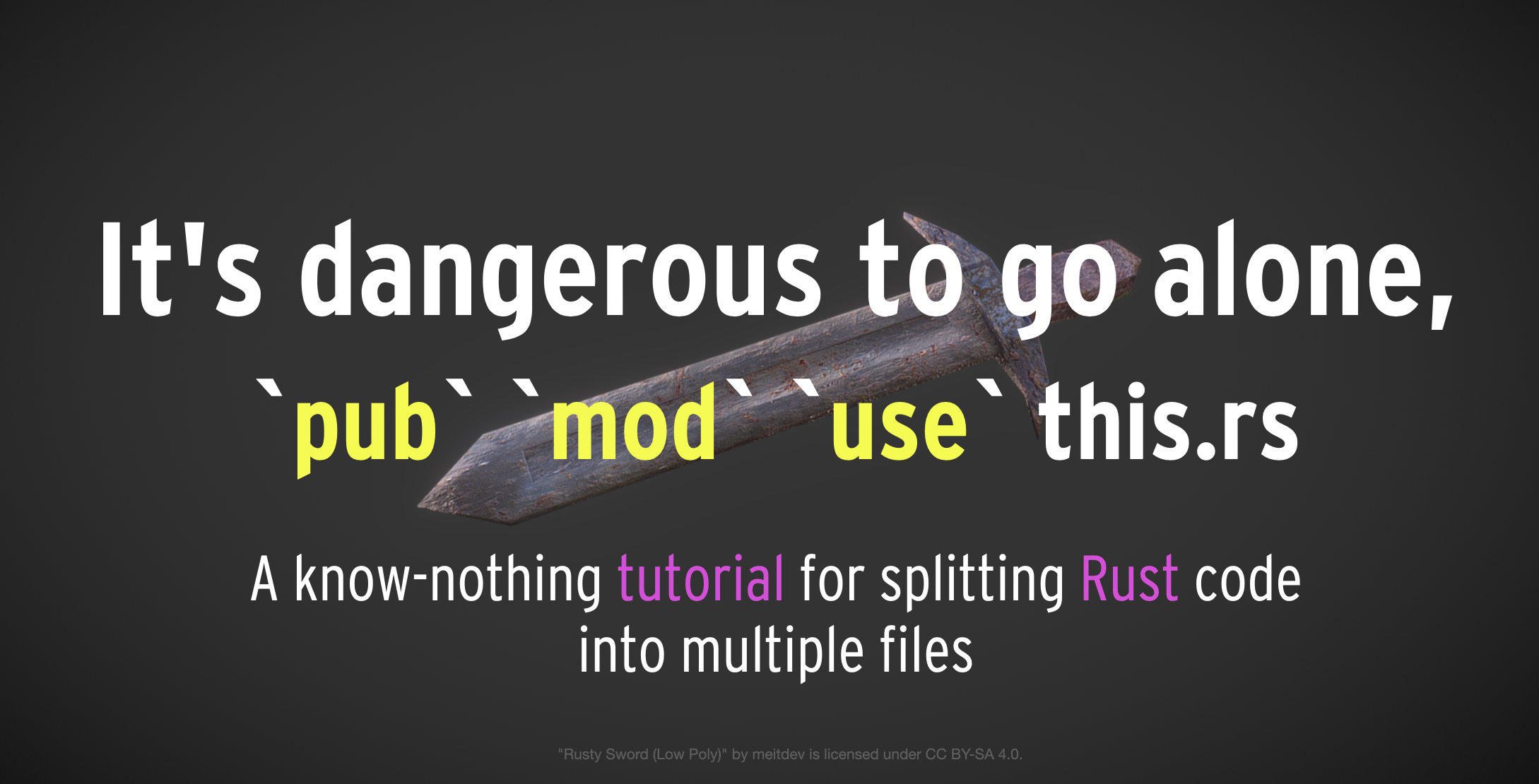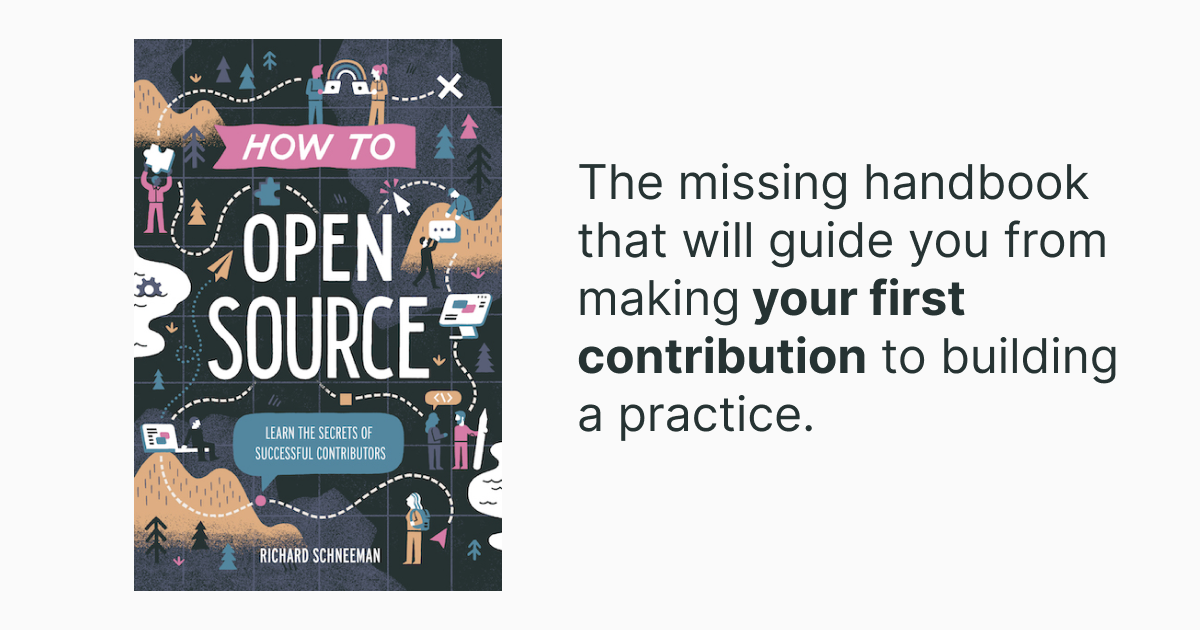11 Nov 2024
I’ve spent the last decade+ working on Ruby deploy tooling, including (but not limited to) the Heroku classic and upcoming Cloud Native Buildpack. If you want to contribute to a Ruby deployment or packaging tool (even if it’s not one I maintain), I can help. If you want to learn more about Cloud Native Buildpacks (CNBs) and maybe get a green square on GitHub (or TWO!), keep reading for more resources.

Keep Reading
01 May 2024
I love the power of containers, but I’ve never loved Dockerfile. In this post we’ll build a working OCI image of a Ruby on Rails application that can run locally without the need to write or maintain a Dockerfile. You will learn about the Cloud Native Buildpack (CNB) ecosystem, and how to utilize the pack CLI to build images. Let’s get to it!

Keep Reading
14 Jun 2023
What exactly does use and mod do in Rust? And how exactly do I “require” that other file I just made? This article is what I wish I could have given a younger me.

Keep Reading
24 Feb 2023
The other day I got another question about the zombocom org on GitHub that prompted me to write this post. This org, github.com/zombocom, holds most all of my popular libraries). Why put them in a custom GitHub org, and why name it zombocom? Let’s find out.
Keep Reading
09 Nov 2022
I came to love pairing after I hurt my hands and couldn’t type. I had to finish up the last 2 months of a graduate CS course without the ability to use a keyboard. I had never paired before but enlisted several other developers to type for me. After I got the hang of the workflow, I was surprised that even when coding in a language my pair had never written in (C or C++), they could spot bugs and problems as we went. Toward the end, I finished the assignments faster when I wasn’t touching the keyboard, than I was by myself. Talking aloud forced me to refine my thoughts before typing anything. It might be intimidating to try pairing for the first time, but as Ben puts “it’s just a way of working together.”

Keep Reading
26 Sep 2022
Today is the day. How to Open Source is now available for purchase at howtoopensource.dev.

Keep Reading
12 May 2021
Today I’m going to share my perspective on how Ruby on Rails is developed and governed and how I feel the Basecamp “incident” impacts the future of Rails. I’m going to start out telling you what I know for sure, dip into some unknowns, and dive into some hypotheticals for fun.

Keep Reading
13 Jan 2021
TravisCI.org is dead. Long live the new CI! TravisCI.org was THE way to run CI for an open source Ruby library. It was so easy that it was seemingly effortless. Even better, it was free. Since the slow-motion collapse of the product, developers have been pushed to other CI providers. I was recently tasked with transferring CI away from Travis for my library derailed_benchmarks and chose CircleCI. This post is a little about why I chose CircleCI, a little about how the transition worked, and a little about nostalgia.

Keep Reading
01 Dec 2020
Have you ever hit an error that you just plain hate? Back in 2006, I was learning to program Ruby and following an example from a book. I typed in what I saw, hit enter, and ran into a supremely frustrating error message:

Keep Reading
22 Sep 2020
Contributing to open-source can be intimidating, especially when you’re getting started. In this post and video series, join me as I triage 11 issues on a repo that I didn’t create and don’t have much experience with.

Keep Reading








